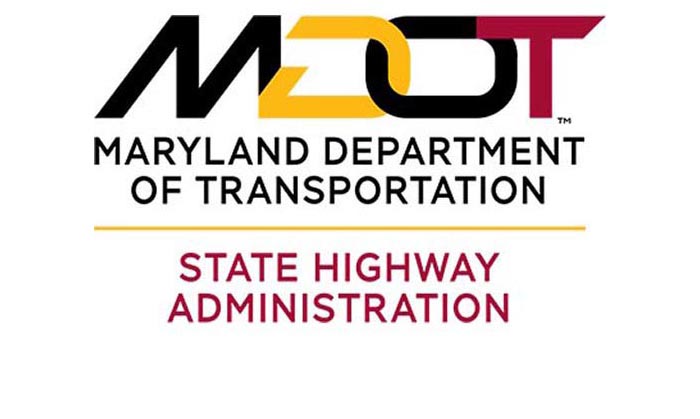
MDOT SHA Logo
(January 13, 2011) – The Maryland State Highway Administration (SHA) is modifying overhead lighting along MD 100 between US 29 (Columbia Pike) and Coca-Cola Drive in Howard County. As part of the year long pilot program to evaluate reductions in highway lighting, SHA turned off approximately 75 lights along MD 100. Although the lights have been “deactivated,” the poles will remain until the pilot program is complete.
Several locations were examined for this pilot program. SHA determined that lighting along this road could be reduced and meet state and federal safety standards. SHA will closely monitor any changes or patterns in crash data during this program.
“With reflective line striping, well lit signs and headlights from vehicles, some of the overhead lighting along MD 100 could potentially be eliminated,” said District Engineer Dave Coyne. “Reduced lighting requires less energy and saves money that can be used for road maintenance.”
During the evaluation period, SHA will determine the cost and energy usage to power an individual highway light and use that data to quantify the overall savings from the lighting reduction. If the lighting reduction becomes permanent, crews will remove the poles and recycle them for repairs or replacement of poles elsewhere.
The pilot program supports the Smart, Green and Growing initiative. SHA participates in the program in a variety of ways including partnering to plant nearly one million trees, using goats to manage vegetation in a sensitive turtle habitat and testing a wind turbine as a source of energy for the Westminster Maintenance shop.
Introduced by Governor Martin O’Malley in October 2008, Maryland’s Smart, Green & Growing initiative was created to strengthen the state’s leadership role in fostering smarter, more sustainable growth and inspire action among all Marylanders to achieve a more sustainable future. The initiative brings together state agencies, local governments, businesses and citizens to create more livable communities, improve transportation options, reduce the state’s carbon footprint, support resource based industry, invest in green technologies, preserve valuable resource lands and restore the health of the Chesapeake Bay.
# # #